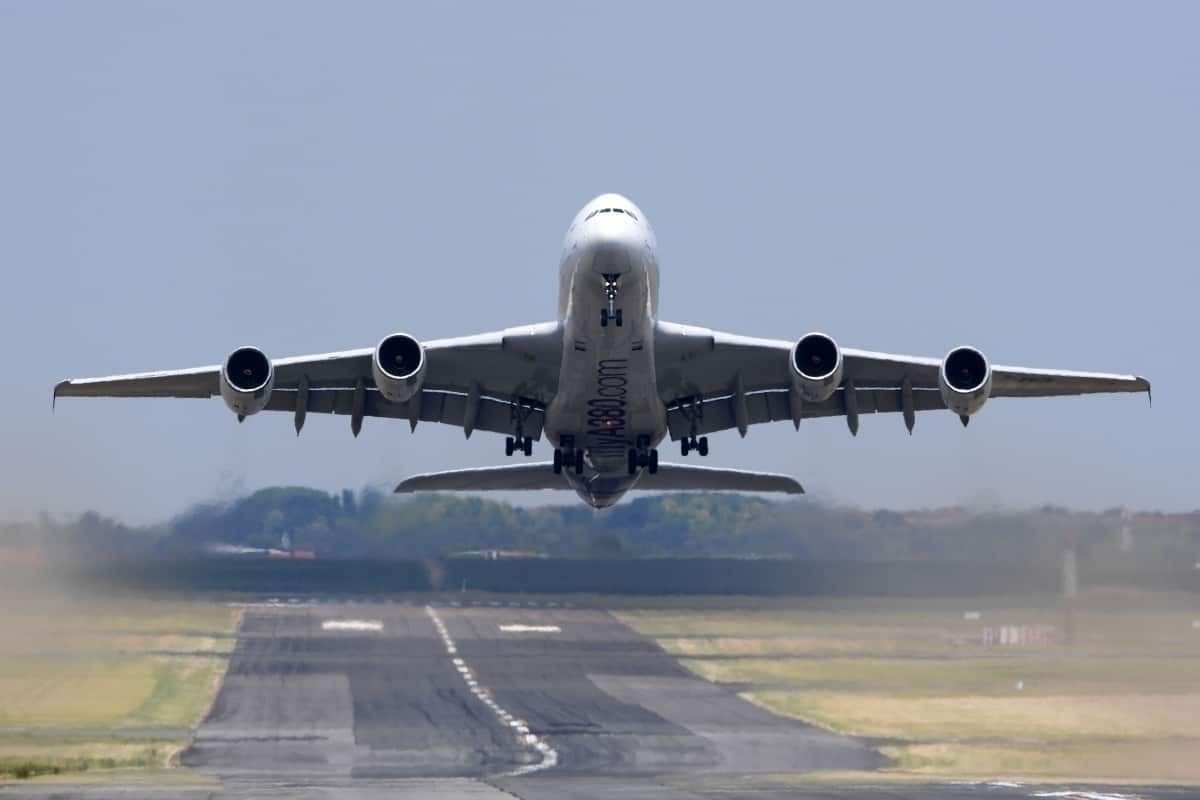The A380 hasn't become the succes Airbus had expected and it is no longer being produced. I wonder if the airframe - with some ovious adjustments - could perform as a strategic airlifter for air forces. Currently the only true (Western) strategic airlifters are the American C-5 and C-17 and it might be intersting for a European aircraft manufacturer like AIrbus to bring in an alternative.
In length it is comparable to the C-5, but would it fit a Leopard 2 tank? Or two (like the C-5)?
What are the restrictions, what are the possibilities?
John B.
In length it is comparable to the C-5, but would it fit a Leopard 2 tank? Or two (like the C-5)?
What are the restrictions, what are the possibilities?
John B.

